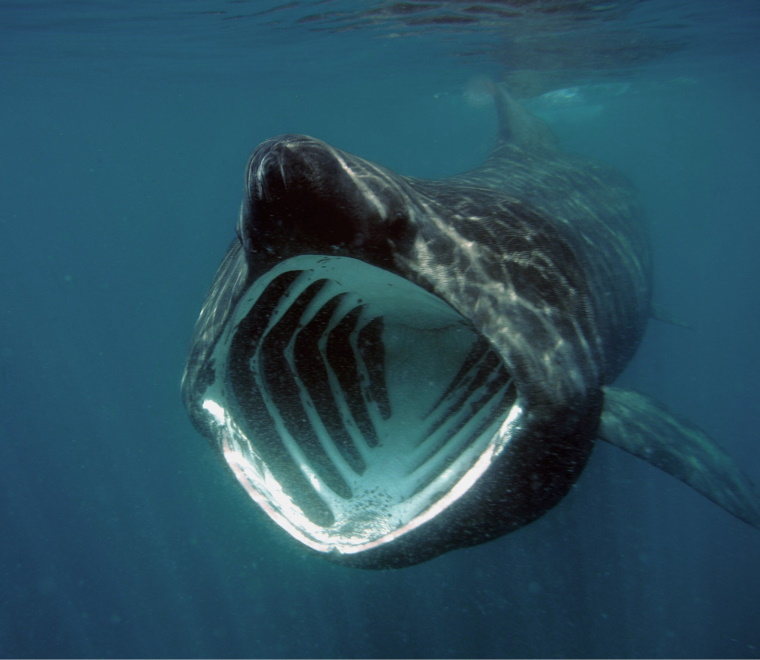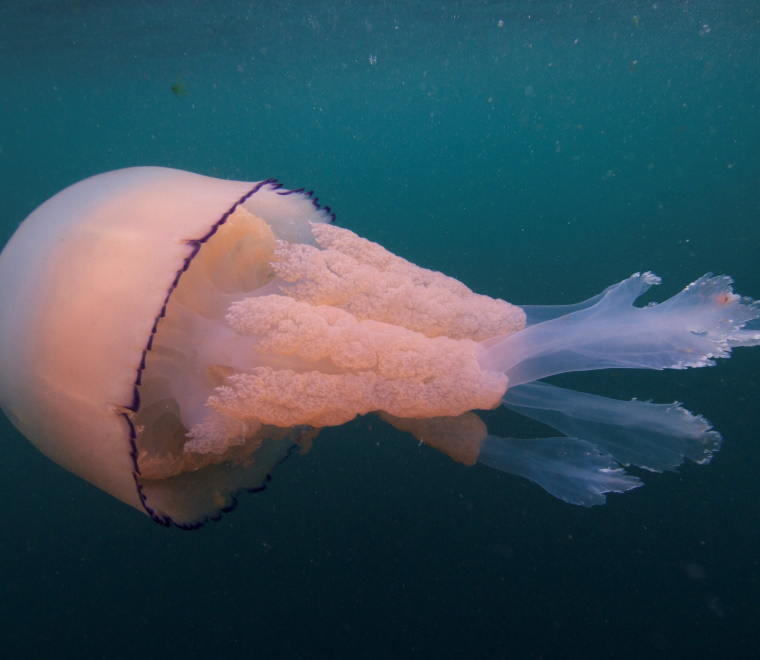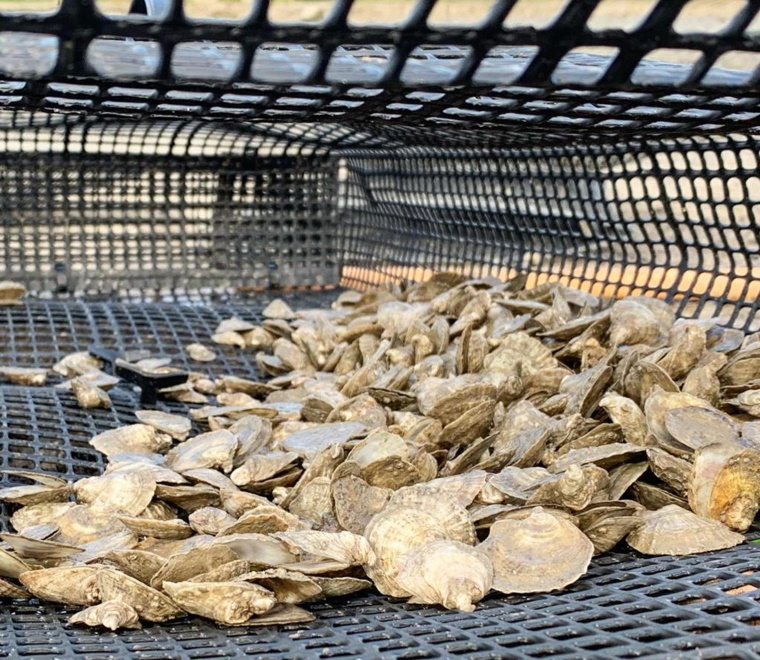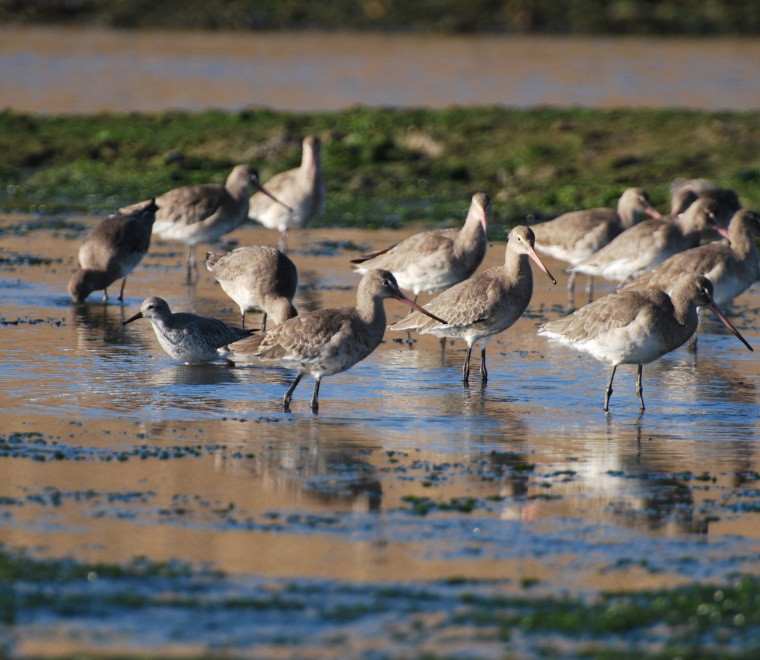
10 things you might not know about basking sharks – in numbers
May though October is basking shark season, when one of Europe’s most widely protected sharks visits British waters.
Read article

Following reports of a human-sized barrel jellyfish off the Cornwall coast, here are nine things you (probably) didn't know about Britain's biggest gelatinous species.
On Monday (15 July) the Guardian reported that a giant barrel jellyfish, as big as a human, has been spotted off the Cornwall coast. Here are nine things you (probably) didn’t know about barrel jellyfish, the biggest of its species found in British waters:
1. They have been recorded in swarms of over 100
The species reappeared in UK waters in 2014, with a dive the following year counting at least 100 in half a mile.
2. …though only adults are spotted regularly
Despite these significant sightings, little is known about the lifestyles of barrel jellyfish, including where their young live.
3. They’re a species of many names
The Rhizostoma plumo (barrel jellyfish) was previously known as Rhizostoma octopus for its eight frilly arms. Colloquially, they are referred to as “dustbin-lid jellyfish” or “frilly-mouthed jellyfish”.
4. They protect other marine life
The species is so large that young fish and small crabs are known to seek shelter in their protective tentacles.
5. They lack marginal tentacles
Unlike other common species, the barrel jellyfish’s tentacles don’t protrude directly from its bell. Rather, it’s eight arms each contain small tentacles which surround hundreds of little mouths for consuming trapped plankton.
6. They come in many colours
Barrel jellyfish vary in colour from whitish pale or yellow to shades of green, blue, pink or brown. Mature males have blue gonads, whereas ripe females are reddish brown.
7. They could entice more marine life to British waters
The leatherback turtle and oceanic sunfish have been known to visit Dorset, attracted in pursuit of their favourite gelatinous prey.
8. …but their predators could be disappearing
Many of the barrel jellyfish’s natural predators, including leatherback turtles are under threat, increasingly getting caught in human entanglements and waste in the ocean.
9. They pose little threat to humans
Despite their imposing size, humans have little to worry about from barrel jellyfish. Their sting is so mild that it causes no ill effects – some people don’t even feel it.
ABPmer provides marine consultancy support to organisations around the globe. Our experienced subject leads enable us to deliver solutions to even the most challenging project. Find the specialist you need.
Image © Andrew Pearson
SOURCES:
Dorset Wildlife Trust
From the Grapevine
The Guardian (1) (2)
Largest.org
Marine Conservation Society
MarLIN
Natural Lizard

May though October is basking shark season, when one of Europe’s most widely protected sharks visits British waters.
Read article
Why native oyster restoration is important, and what success will look like.
Read article
Appointed by Galloper Wind Farm Limited, ABPmer will manage a bird survey programme and report to the MMO.
Read article